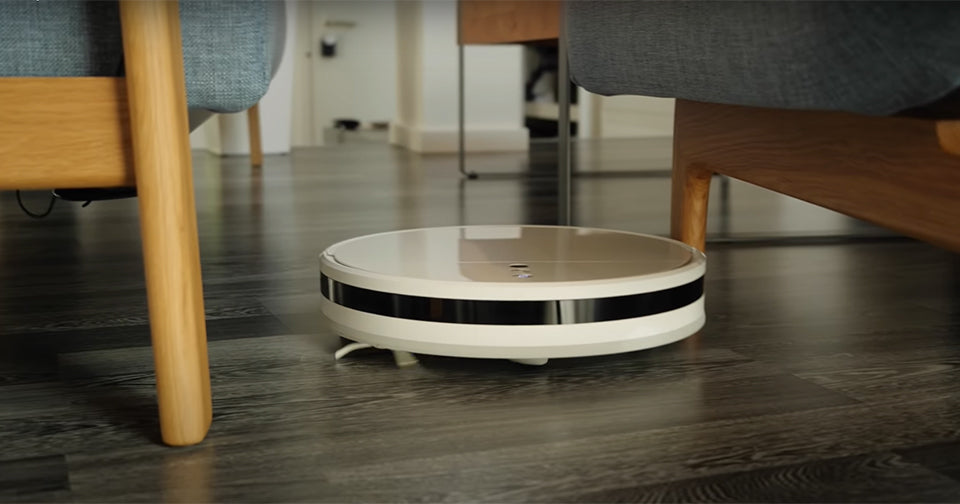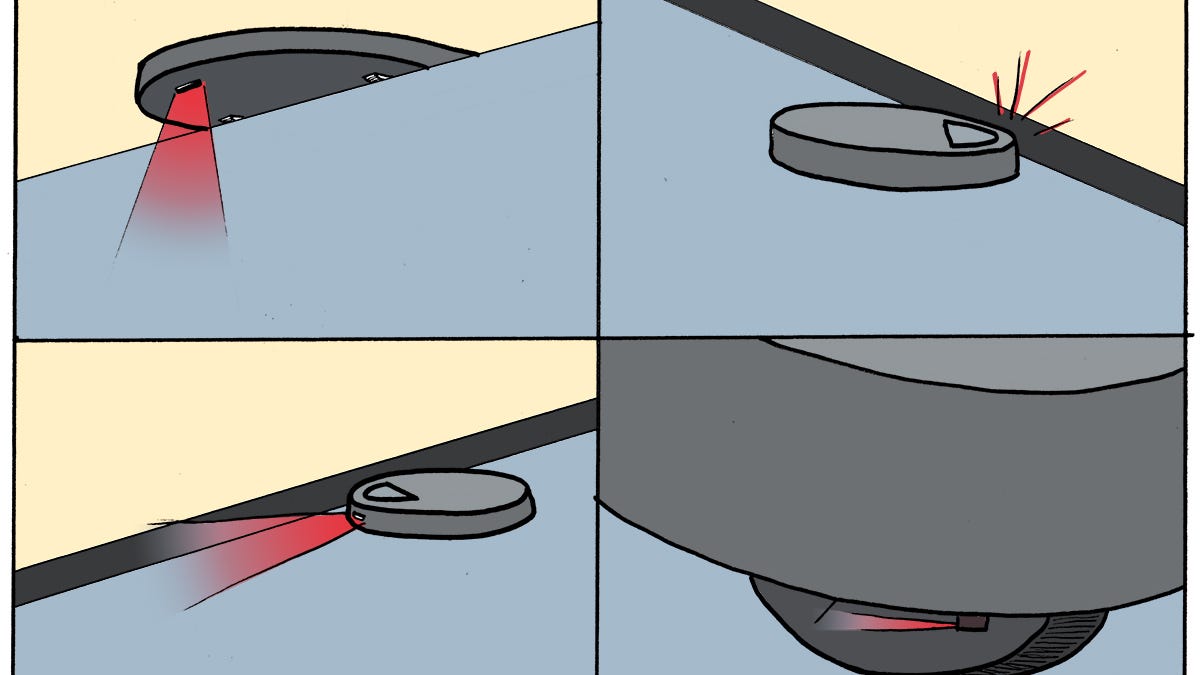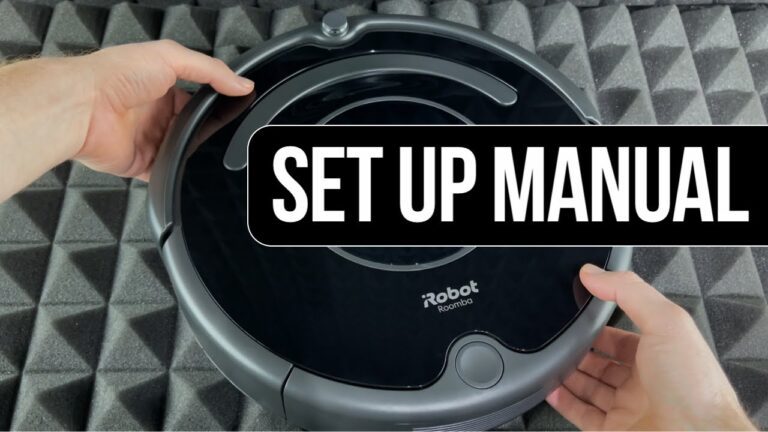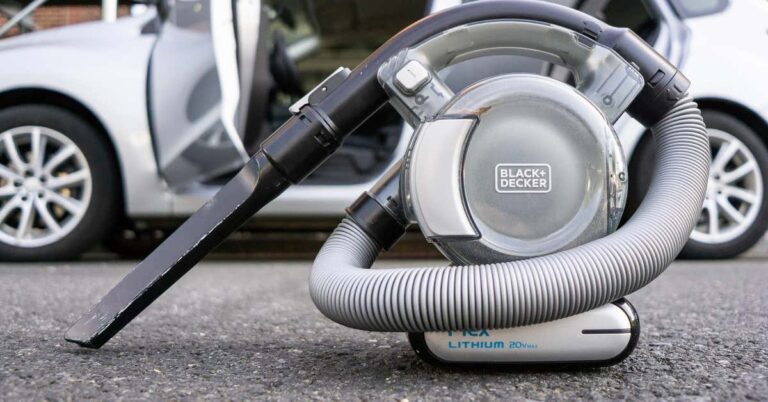How Do Robot Vacuums Navigate?

Robot vacuums navigate using a combination of sensors, cameras, and algorithms to map the room and detect obstacles. These smart devices utilize infrared sensors, bump sensors, and even LIDAR technology, allowing them to detect walls, furniture, and other obstacles in their path.
With the help of the built-in mapping feature, the robot vacuum creates a virtual map of the room, which it uses to plan the most efficient cleaning route. By continuously scanning and analyzing the surroundings, the robot vacuum can avoid objects and swiftly move around the space, ensuring a thorough clean.
Understanding The Navigation Technology Of Robot Vacuums
Robot vacuums utilize advanced navigation technology to efficiently navigate and clean your home. These innovative devices employ a combination of sensors and cameras to map out their surroundings. By analyzing the layout of your space, they are able to identify obstacles and create an optimized cleaning path.
Robot vacuums also utilize simultaneous localization and mapping (SLAM) algorithms, which enable them to understand their position in real-time and build a comprehensive map of your home. This allows them to clean each area effectively and avoid unnecessary collisions. With the help of these sophisticated navigation strategies, robot vacuums can easily maneuver around furniture, corners, and other tricky spots, ensuring a thorough clean.
Navigational Challenges Faced By Robot Vacuums
Robot vacuums face navigational challenges that include obstacle detection and avoidance mechanisms, dealing with different floor types and surfaces, as well as overcoming furniture and cords. These smart devices utilize advanced sensors to detect and navigate around obstacles in their path.
By analyzing their surroundings, they can detect the presence of furniture, cords, and other objects, allowing them to change direction and avoid collisions. Additionally, robot vacuums are designed to adapt to different floor types and surfaces, such as carpets, hardwood floors, and tiles, ensuring efficient and thorough cleaning.
They adjust their cleaning mechanisms and suction power accordingly. Overcoming furniture and cords can be challenging, but robot vacuums are equipped with features that allow them to maneuver and go under furniture, as well as identify and avoid entanglement with cords.
With their advanced technology, robot vacuums are able to navigate through various environments, ensuring a hassle-free cleaning experience.
Evolution Of Robot Vacuum Navigation Technology
Robot vacuums have come a long way in terms of navigation technology. With advancements in mapping and navigation software, these devices are now able to navigate through our homes efficiently. The integration of machine learning and artificial intelligence has played a significant role in enhancing their capabilities.
By continuously analyzing and learning from their surroundings, robot vacuums can adapt to different floor plans and optimize cleaning routes. Moreover, innovations in smart sensors and obstacle recognition have made them even smarter. These sensors allow the robots to detect and avoid obstacles, ensuring a thorough and hassle-free cleaning experience.
Whether it’s maneuvering around furniture or avoiding stairs, robot vacuums are now equipped with the technology to navigate our homes with ease.

Credit: www.cnet.com
Frequently Asked Questions Of How Do Robot Vacuums Navigate
How Does A Robot Vacuum Cleaner Move?
A robot vacuum cleaner moves using various sensors and programming. These sensors help the vacuum to navigate around obstacles and detect the shape and size of the room. The vacuum moves in a systematic pattern, covering the entire area to be cleaned.
It uses wheels or tracks to move across different floor surfaces. The robot vacuum also has a rotating brush or suction mechanism to pick up dirt and debris. It can change direction and adjust its speed based on its programming and the information gathered from its sensors.
The movement is calculated and controlled by its onboard computer, allowing it to efficiently clean the space without human intervention. Overall, the robot vacuum cleaner’s movement is guided by its sensors and programming to ensure thorough cleaning of the designated area.
How Do Robot Vacuums Work Without Mapping?
Robot vacuums without mapping operate using a random cleaning pattern. They rely on sensors to detect obstacles, edges, and drops to avoid collisions and falls. These sensors enable them to change direction when needed, ensuring thorough coverage of the cleaning area.
The robot vacuum moves in a zigzag or spiral pattern, consistent with its programmed algorithm. It systematically cleans the floor by picking up dirt, dust, and debris as it moves along. While it may seem haphazard, this random trajectory ensures that the robot vacuum covers the entire space, even if it takes multiple passes.
Once the cleaning cycle is complete or the battery is low, the robot vacuum returns to its docking station for recharging. This mapping-free method offers a practical and efficient cleaning solution for everyday use.
How Do Robot Vacuums Learn Your House?
Robot vacuums learn your house through a combination of sensors and advanced mapping technology. They use these features to navigate and understand your home’s layout. The sensors detect obstacles and gather information about the size of your rooms and the location of furniture.
The mapping technology then creates a virtual map of your space. As the robot moves around, it updates and refines this map by continuously gathering data. With time, the vacuum learns the most efficient cleaning routes and familiarizes itself with the layout of your house.
This process allows the robot vacuum to adapt to your home, avoiding obstacles and efficiently cleaning different areas.
Conclusion
The navigation of robot vacuums is a testament to modern technological advancements. By combining sophisticated sensors, advanced mapping techniques, and intelligent algorithms, these devices simplify household cleaning tasks. Their ability to autonomously navigate and adapt to different home environments highlights the incredible potential of smart home technology. As we continue to embrace these innovations, our daily lives become more efficient, leaving us more time to enjoy the comforts of a well-kept home.

